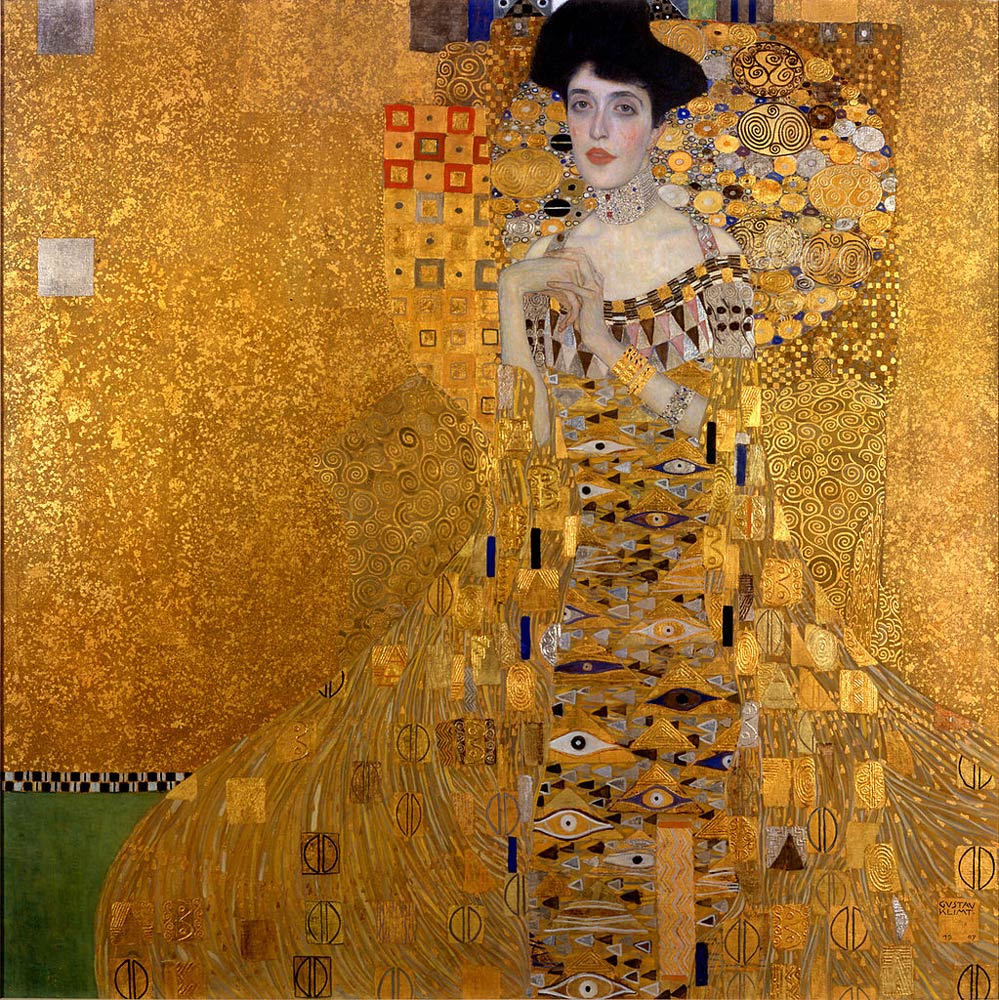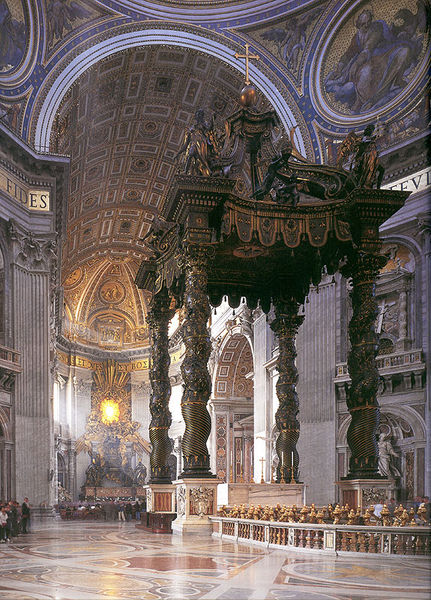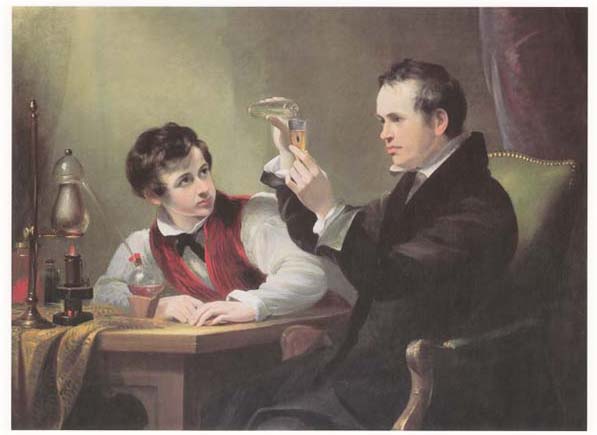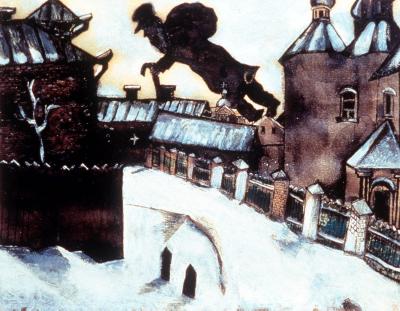 |
| Constantin Brâncuși, Bird in Space, 1923 |
You see, I had created a very narrow definition of art for myself. That is to say I only sought out paintings and drawings. I thought that sculpture was neat, sure, but I never thought that it could move me like paintings did. After all, nearly all sculpture consists of handsome youths traipsing around in the nude, modeling themselves as Greco-Roman deities. That's what I thought at least, until I saw Bird in Space.
When I first lay eyes on Bird in Space my breath caught in my throat. I felt a rush of joy and excitement rush over me as I gazed upon its bronze curvature. Nothing I had learned could account for this feeling. It was just a shape. Just a perfectly sculpted, beautiful, electrifying shape on a base of wood. Nothing more. And yet, I could not ignore the emotions it instilled in me. In that moment, it became my favorite work, for nothing before or since has evoked the same reaction in me. Bird in Space taught me more than the worth of sculpture. It taught me the meaning of art.



















